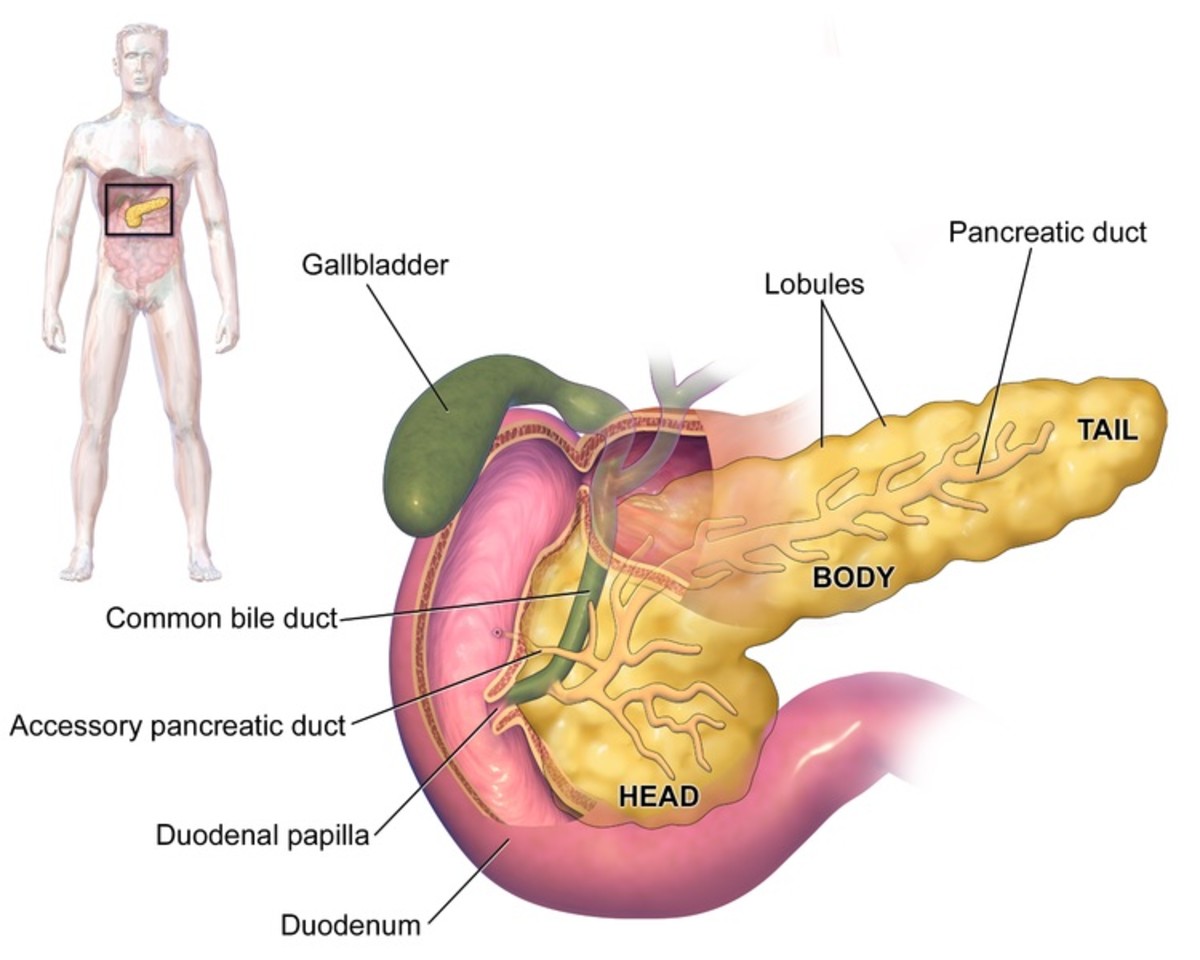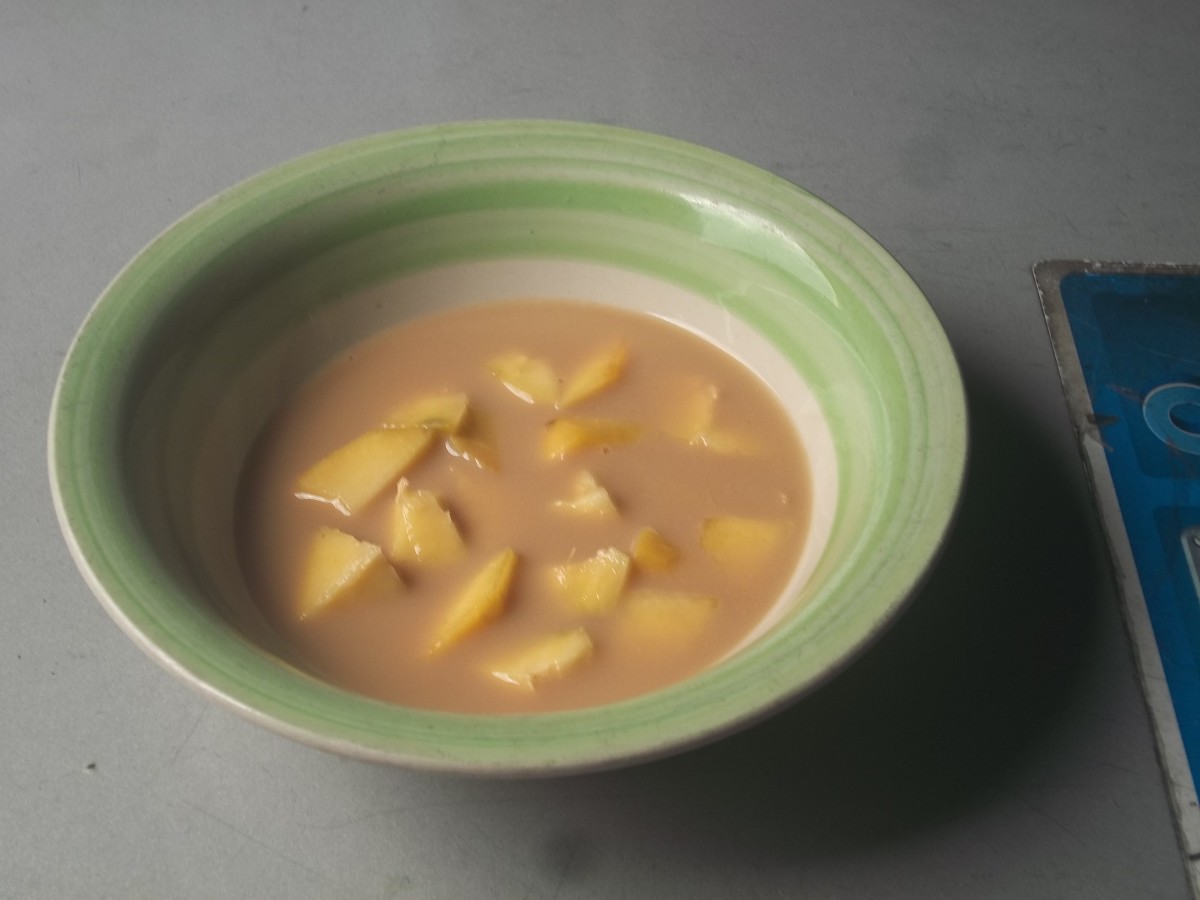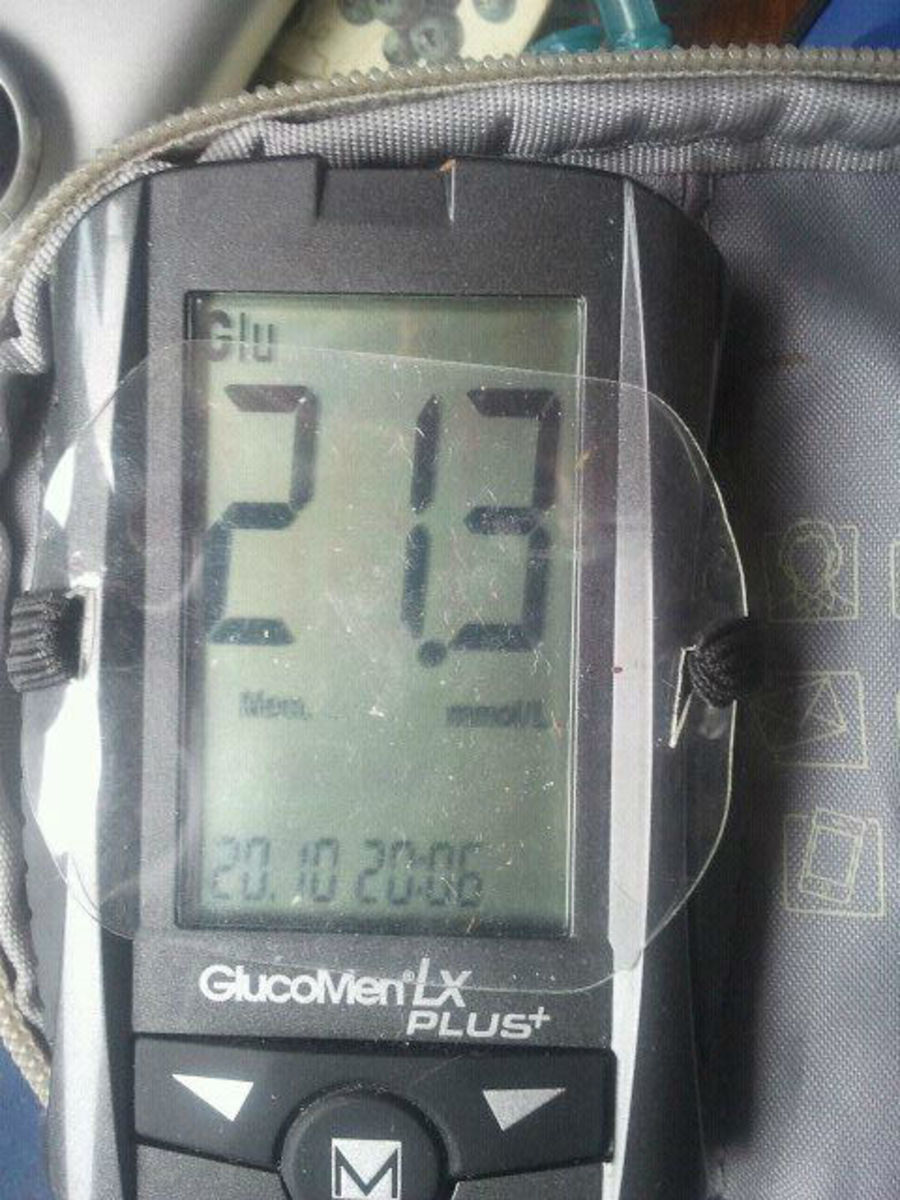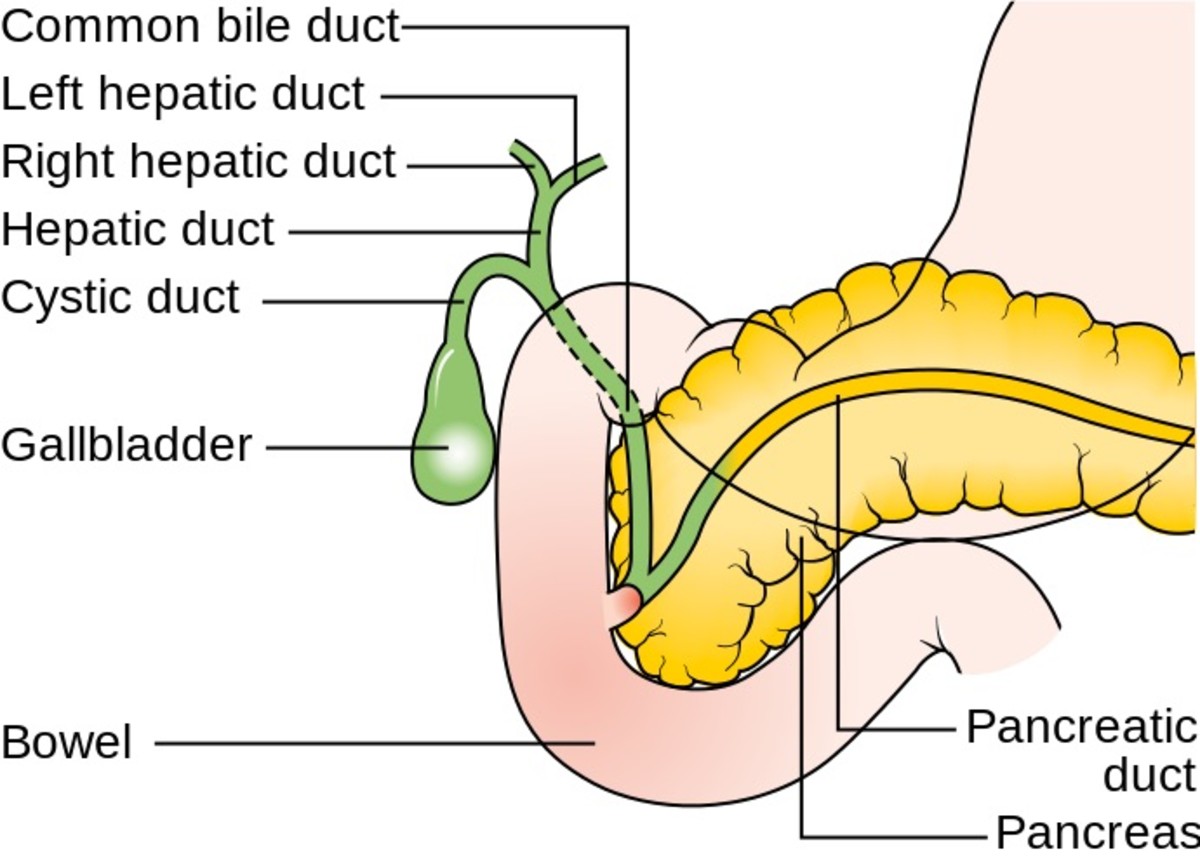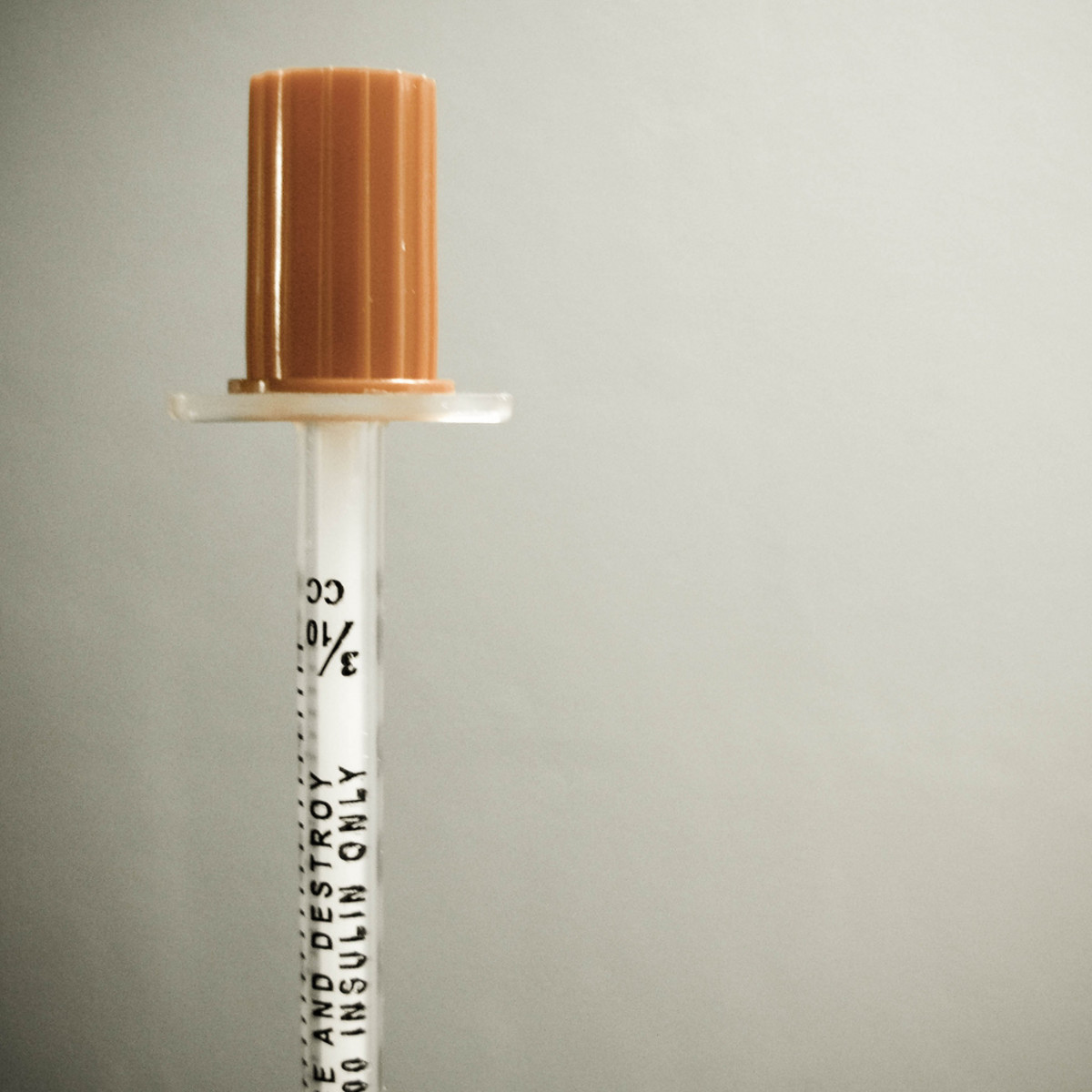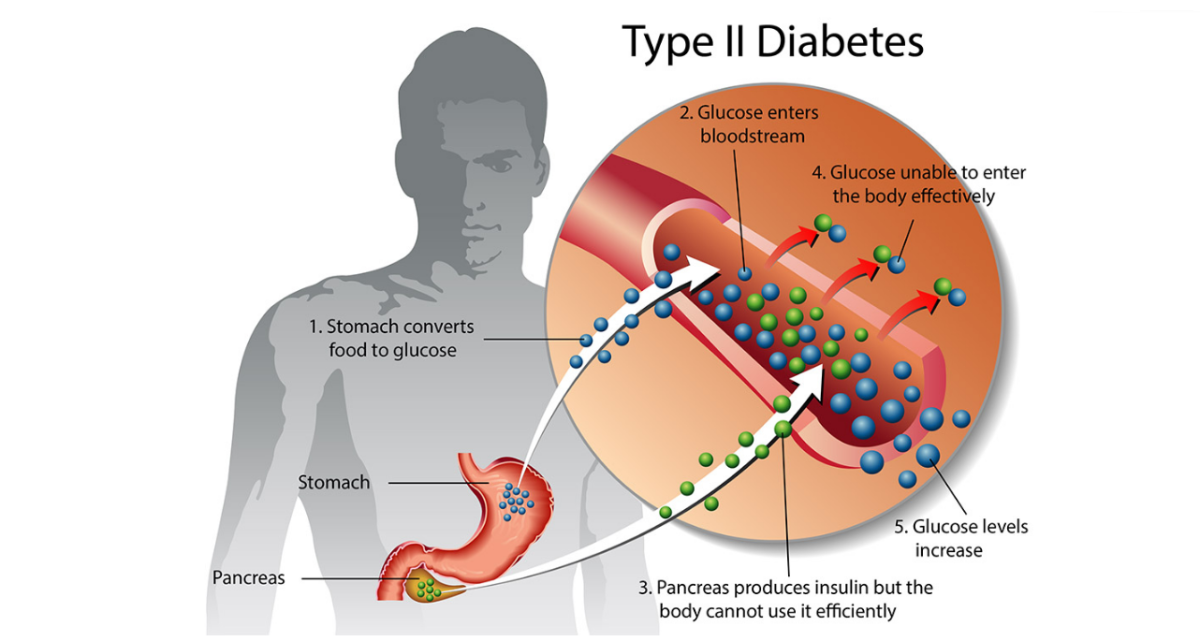Diabetes Mellitus 2
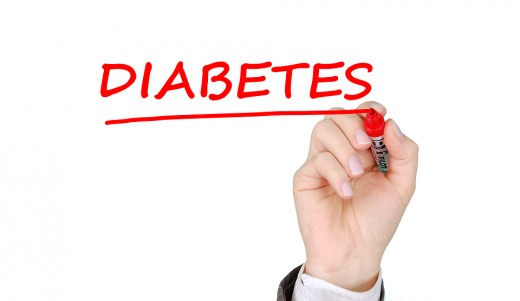
Diabetes mellitus type 2 (insulin-independent) - a pathology characterized by a violation of the production of carbohydrates in the body. In a normal state, the human body produces insulin (a hormone), which processes glucose into nutrient cells for body tissues.
When diabetes is not insulin-independent, these cells are more active, but insulin distributes energy incorrectly. In this regard, the pancreas begins to produce it with a vengeance. Increased secretion depletes the cells of the body, the remaining sugar accumulates in the blood, developing into the main sign of type 2 diabetes - hyperglycemia.
Causes of Diabetes Mellitus
Unambiguous causes of type 2 diabetes are still not established. Scientists have proven that this disease is more common in women, adolescents during puberty. Representatives of the African-American race are often ill.
Thus, the causes of type 2 diabetes are:
- Obesity;
- Ethnicity;
- Lifestyle;
- Maintaining a diet;
- Bad habits;
- Arterial hypertension.
Obesity, especially visceral, when the fat cells are located directly in the abdominal cavity and cover all organs. In 90% of cases, the symptoms of type 2 diabetes are manifested in full people. Most often, these are patients whose excess weight is due to improper diet and consumption of a large amount of harmful food.
Ethnicity is another cause of type 2 diabetes. This symptom is sharply manifested when the traditional way of life changes to the exact opposite. Diabetes of the second type, together with obesity, causes a sedentary lifestyle, the absence of any physical activity and a constant stay in one place.
Non-insulin-dependent diabetes mellitus also arises due to the peculiarities of a particular diet (for example, medical or professionally sports). This happens when you use a lot of carbohydrates, but with a minimum content in the body of fiber.
Bad habits are important causes of type 2 diabetes -
Alcohol damages pancreatic tissue, reducing insulin secretion and increasing its sensitivity. This body in people suffering from this dependence, significantly increased, and the special cells that are responsible for the production of insulin, and altogether atrophy. It is noteworthy that insignificant consumption of alcohol per day (48 g) reduces the risk of the disease.
Diabetes mellitus type 2 often appears together with another problem - arterial hypertension -
This is a chronic disease in adults, which is associated with a prolonged increase in blood pressure. Very often, the causes of diabetes and hypertension are identical.
Symptoms of Diabetes Mellitus
Symptoms of type 2 diabetes mellitus are hidden for a long time, and the diagnosis is most often determined when analyzing the level of glycemia.
For example, during an all-season medical examination. If type 2 diabetes is prescribed, the symptoms can manifest mainly in adults over the age of 40, but even then the patients do not complain of severe fatigue, thirst or polyuria (increased urination).
Diagnosis of Diabetes Mellitus
Diagnosis of insulin-independent diabetes mellitus in most cases is based on the detection of a symptom of hyperemia (elevated blood sugar level) along with standard signs of type 2 diabetes (the aforementioned obesity, heredity, etc.).
If these signs are not detected for one reason or another, an absolute deficiency of insulin can be additionally established. The patient sharply loses weight, experiences a constant thirst, ketosis develops (active fat splitting for the maximum preservation of energy in connection with the small maintenance in an organism of carbohydrates).
This procedure for determining the level of fasting glycemia is shown to people older than 40 years 1 every 3 years. Especially acute in this study need people with excessive body weight.
Young patients should be checked for insulin-dependent diabetes in such cases:
- They are overweight;
- They lead a sedentary lifestyle;
- Suffer from arterial hypertension;
- The level of high-density lipoprotein (HDL) exceeds the norm;
- Have cardiovascular diseases;
- A woman gave birth to a child weighing over 4 kg and / or suffering from polycystic ovary syndrome (various ovarian disorders).
Glucose Tolerance -
Another analysis is testing of glucose tolerance. Before the procedure, the person who has been ill for several days should consume 200 grams of carbohydrate-containing food per day, and you can drink unlimited amounts of sugar-free water. Usually, blood values for diabetes will exceed 7.8 mmol / l.
For a correct diagnosis, 10 hours after the last meal, a test is performed. For this, blood can be taken from both the finger and the vein. Then the subject uses a special glucose solution and gives blood four more times: in half an hour, 1 hour, 1.5 and 2 hours.
In addition, an analysis of urine for sugar can be offered. This diagnosis is not entirely accurate, since sugar in the urine can appear for a number of other reasons not related to diabetes .
Treatment of Diabetes Mellitus
How to treat type 2 diabetes? Treatment will be comprehensive. People with a diagnosis of obesity in the first place will be prescribed a diet. Its goal is to smoothly reduce weight with its further preservation. Such a diet is prescribed for each patient with this problem, even for those who have not been diagnosed with type 2 diabetes.
Treatment of type 2 diabetes will occur due to increased physical activity. It is necessary to begin with aerobic loads like swimming or usual walking for half an hour 3-5 times a day. Over time, the load should increase, in addition, you can start other workouts in the gym.
In addition to accelerated weight loss, treatment of type 2 diabetes with physical activity will consist of a decrease in insulin resistance (a decrease in tissue response to insulin) due to increased motor activity.
Treatment of type 2 diabetes will consist of taking medications that lower blood sugar levels.
Antidiabetic drugs are divided into several types:
- Sensitizers;
- Preparations of sulfonylurea of iglinide. Increase the secretion of insulin by affecting the beta cells;
- Preparations that reduce glucose uptake (acarbose and guar gum). Acarbose blocks alpha-glycosidase in the small intestine, slowing the absorption of carbohydrates, helping to advance glucose to the liver;
- Insulin.
Sensitizers (metamorfin and thiazolidinedione) for the treatment of type 2 diabetes are prescribed to lower the sensitivity of the body to insulin.
Metamorphine reduces the production of glucose by the liver. The reception is done inside during meals, and the dosage will be prescribed by the attending physician.
Thiazolidinediones are aimed at enhancing the action of insulin, destroy glucose in peripheral tissues.
Prevention of Diabetes Mellitus
Is it possible to cure type 2 diabetes forever? Yes, it is possible, but without further prevention, the disease sooner or later will again make itself felt.
To prevent this and protect yourself, it is necessary to observe a number of simple rules:
- Maintain a normal body weight;
- Regularly engage in sports;
- Proper nutrition;
- Maintain the amount of sugar in the blood in the acceptable range, and also constantly monitor blood pressure and cholesterol;
- Carefully look after yourself;
- Take small doses of aspirin;
- Stable emotional state.
Complications of Diabetes Mellitus
If you do not cure type 2 diabetes in time, the consequences of the disease can be serious. The main complications:
- Diabetic coma;
- Edema;
- Ulcers.
Conclusion
If you have diabetes mellitus then you should go for a regular checkups. And use the prevention measures so that you would not get more glucose in the blood. You should take the medicines as directed by the physician and do exercises . If you have any question then comment .

